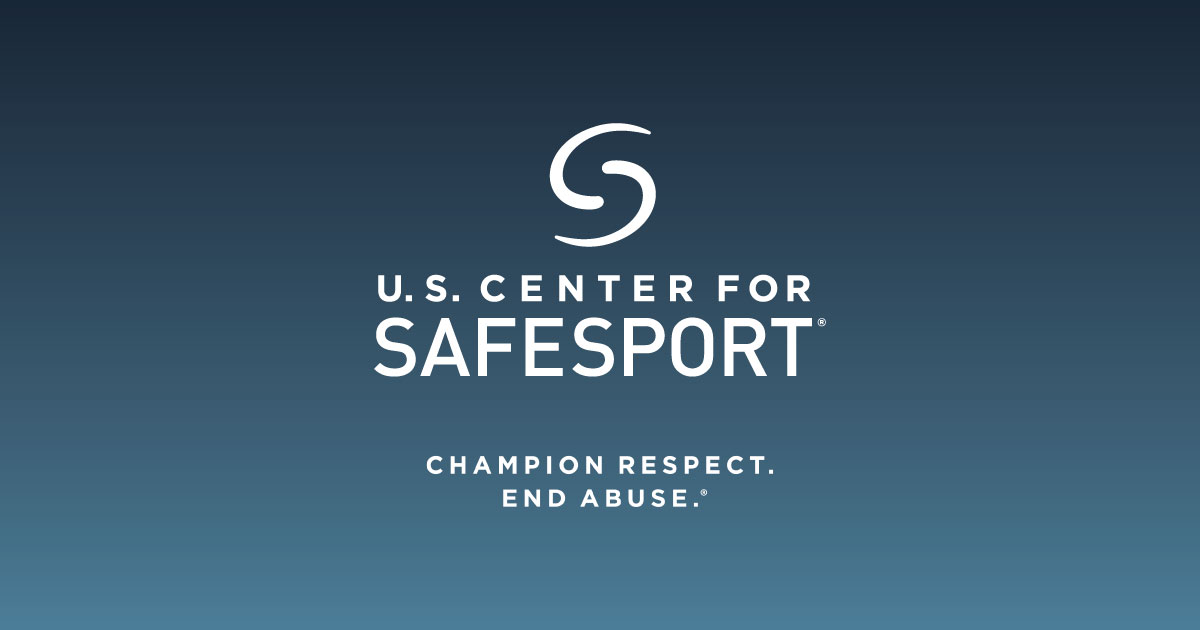
As universities across the country welcome their incoming freshman and welcome back their older students, the last thing anyone wants to worry about is sexual violence. However, now is exactly the time students must be thinking about it. From the start of the school year until Thanksgiving break is the period known as the Red Zone, when more than 50% of all sexual assaults occur on college campuses.
While the endemic of campus sexual assault has been a well-known topic of public discourse since the early 2000s, very little has actually been done to curb it. College students deserve to be armed with accurate, straightforward information about the risks of being on campus.
First-year students, sorority-affiliated students, gender-nonconforming students, and student-athletes are at a significantly increased risk of experiencing sexual violence at all times, especially during the Red Zone.
During this time of the year, students are vulnerable as they explore campus, experience unfamiliar power dynamics, and lack a strong social support network. The chaotic and new environment of a college campus can leave first- and second-year students especially vulnerable as they may be introduced to party culture, Greek life recruitment, and placed in risky situations with acquaintances. Furthermore, a lack of oversight of parties, a lack of structure and rules, and students being on their own for the first time can create situations that leave them susceptible to violence.
Alternatively, fraternity men are three times more likely to commit sexual assault than their non-affiliated peers, both during and after the Red Zone, and 15% of fraternity insurance claims are related to sexual assault. 90% of perpetrators are known to the victim; these are people the victim believes to be a friend, a romantic interest, or a teammate. This betrayal, on top of the sexual assault itself, can be incredibly difficult for victims to process.
Students are not powerless to stop sexual assault on campus, or even just in their immediate communities. Being an active bystander goes a long way in keeping your friends and fellow students safe from harm; read more about safe, active bystander intervention here. And, while #WeRideTogether created our Athlete Toolkit specifically for athletes, college students are encouraged to use these tools to help keep themselves safe. Trusting your gut, visualizing your boundaries, saying ‘no’, and identifying at least one safe older adult you can trust can go a long way.
Scope of the problem
While anyone can experience sexual violence, certain groups of students are more likely to be victimized.
Over 26% of all undergraduate female students and 25% of gender-nonconforming students experience sexual assault in college. Sorority women are 74% more likely to experience sexual assault than their peers. And more than 1 in 4 college athletes experience sexual violence at the hands of an authority figure, like a coach or trainer. The majority of these student victims, about 84%, experience sexual violence within their first four semesters of college.
Generally, universities’ “party cultures” are believed to be somewhat responsible for the prevalence of sexual violence on campus. Power imbalances between fraternity members and other members of the campus community, especially between fraternity members and sorority members, power imbalances between coaches and athletes, and between older team members and new recruits, the prevalence of drugs and alcohol, and chaotic spaces can make it easier for perpetrators to find victims and carry out assaults. A prevalence of hazing in athletic spaces can also leave athletes vulnerable to both sexual hazing and sexual assault.
Very few schools have adequately addressed campus sexual assault. If you or a loved one is considering going to college, check out our Navigating College Tours guide for appropriate campus safety questions to ask while deciding where to go for school.
What do I do if I experience sexual violence?
Know that no matter what, it was not your fault. You might feel inclined to think through the “what-ifs” of what happened to you. Know that what you wore, if you drank or used drugs, or who you trusted does not mean you in any way “deserved” to be assaulted.
Consider reporting. While reporting is entirely your choice, there are a few options you can consider if you feel that it is the right choice for you:
- You can go to the local authorities.
- You can seek a Sexual Assault Forensic Exam (commonly referred to as a “rape kit”). These exams are administered by healthcare professionals and seek to collect evidence from the assault. Examples of tests that may be done include swabs, blood samples, combing for hair, and other evidence collections that can be used to identify the perpetrator. Even if you know the perpetrator, as most victims do, these exams can be helpful if you choose to pursue legal action. Sexual assault forensic exams can be found using RAINN’s locator.
- You can report to your university’s Title IX Coordinator or Department. More about Title IX can be found in our Know Your Rights: Title IX resource.
- If you are an athlete, you may be able to report to SafeSport. More about SafeSport can be found in our Know Your Rights: SafeSport resource.
- Preserve evidence if you wish to report, such as text messages, SnapChats, photos, or other evidence you may have of what happened. If you wish to create a record of the assault, but are unsure of whether or not you wish to report, you can use the Callisto Vault.
- Take care of your mental and physical health first and foremost. Seek mental health care if you can to help you process what has happened. Our list of hotlines can be found here, and more mental health resources can be found on Survivors.Org.
What to do if a friend confides in you that they have been sexually assaulted
Read “Supporting Survivors In The Short Term and Long Term” on our blog!
- Start by believing. It can be incredibly difficult for victims to disclose that they have experienced sexual violence. The first person they disclose to can have an immense impact on the rest of the healing process. Allow them to provide details and information if they choose to, but don’t demand that they tell you exactly what happened.
- Be supportive. It must be entirely the victim’s decision whether or not to report, seek a sexual assault forensic exam, et cetera. If they tell you they wish to do those things, help them locate resources and experts. Otherwise, let them know you care for them no matter what.
- Do not blame them. It does not matter if they were drinking, or knew the perpetrator, or were wearing clothes you wouldn’t – none of these things mean they were “asking for it” or the assault could have been a “misunderstanding.” Do not make excuses for the perpetrator, and do not blame the victim for being sexually assaulted.
- Cut ties with the perpetrator if possible. Unfollow them on social media, cease interacting with them socially, and stop going to parties at their fraternity house. Not doing this is not “staying neutral;” it is showing the victim that you do not take what happened to them seriously. Cutting ties also protects your own safety.
- Learn about PTSD and the other mental health effects of sexual assault. It is likely your friend may experience depression, anxiety, new triggers, or other new and sometimes concerning mental health issues. Be patient with them and gently guide them toward seeking help if you can.
#WeRideTogether has a slew of resources meant to help victims navigate reporting, seek healthcare, and tell their stories. If you are in need of immediate help, please call 911 and check our Crisis Resources. For other resources and prevention resources, see our Resources page. To read survivor stories, find our Survivor Stories page and, if you are interested in sharing your story, please contact us at info@weridetogether.today. Remember that we see you, we hear you, and we believe you.
Madison Smith
Communications Manager at #WeRideTogether



-min.jpg)
